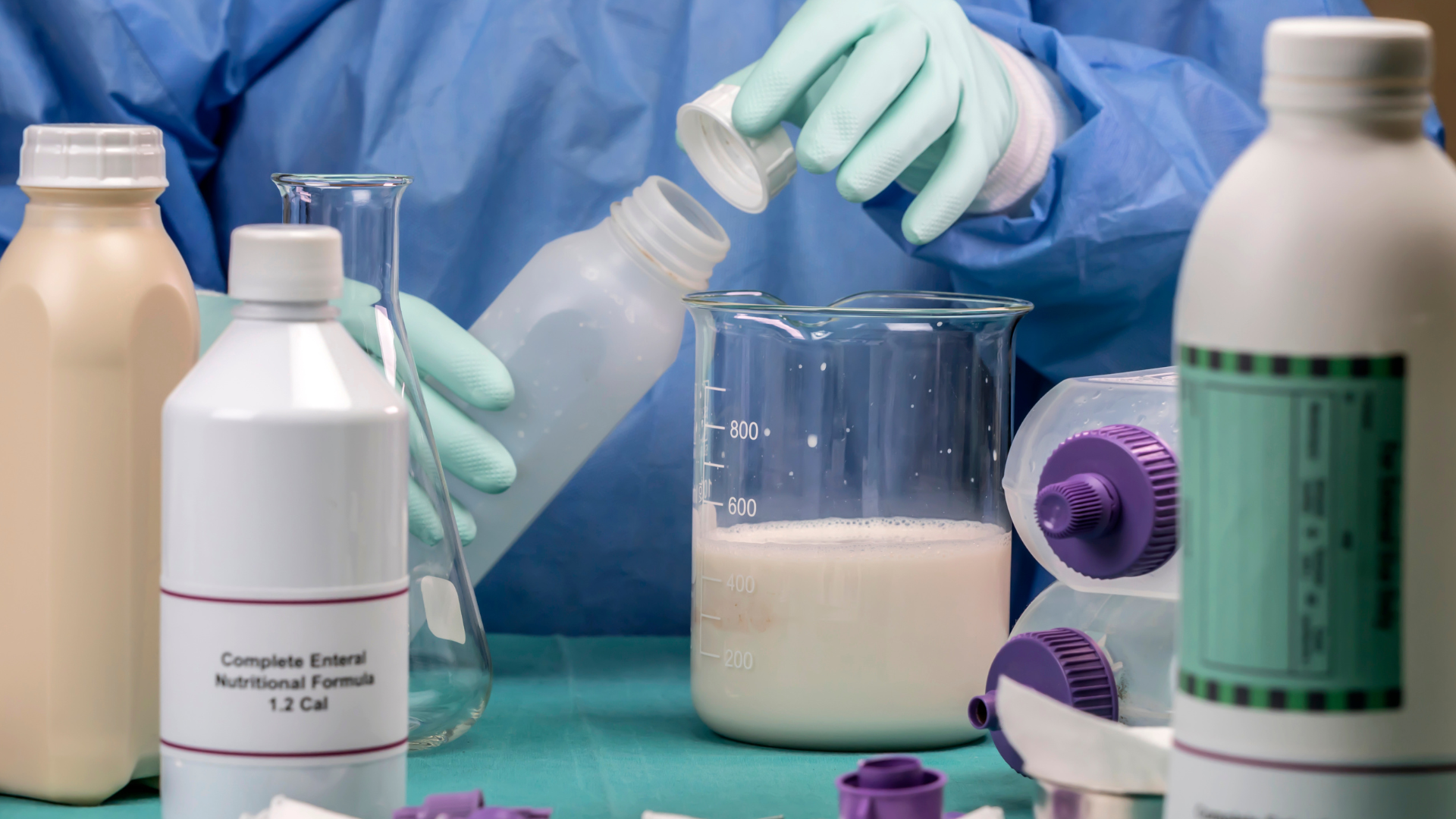The functional beverage market is evolving. Consumers are moving beyond traditional milky protein shakes, seeking refreshing, juice-style alternatives that deliver high-impact nutrition. This has created a surge in demand for clear, high-protein ready-to-drink (RTD) beverages.
However, creating a stable, transparent, and great-tasting protein drink is a significant technical challenge. The key to success lies in selecting the right ingredient: Whey Protein Isolate (WPI). This guide explains the science behind formulating clear RTDs and how to navigate the common pitfalls.
Why standard whey proteins won’t work
The reason most protein drinks are opaque and milky is simple: standard whey concentrates (WPC) and even some lower-grade isolates contain fat, minerals, and other components that are insoluble and refract light, causing cloudiness. Attempting to use them in a clear beverage formulation will result in a hazy, unappealing product with poor stability.
Achieving glass-like clarity is only possible with an exceptionally pure, highly-processed whey protein isolate.
The role of WPI and pH in achieving clarity
The magic of clear protein beverages happens under specific acidic conditions. Whey proteins exhibit their highest solubility at a low pH, typically below 3.5. At this pH level, the protein molecules carry a strong positive charge, causing them to repel each other and stay dispersed in the solution rather than clumping together and causing turbidity.
This unique behavior of WPI at low pH, as documented in journals like Foods, is fundamental to creating a heat-stable and transparent final product. Therefore, selecting a WPI that is specifically designed for acid stability is non-negotiable.
Key formulation challenges and solutions
Creating the perfect clear RTD involves more than just mixing WPI and acid. Here are the main challenges formulators face:
- Astringency and mouthfeel
- The Challenge: High protein content at low pH can create a dry, astringent mouthfeel.
- The Solution: Use carefully selected flavor-masking agents. Additionally, incorporating specific hydrocolloids or small amounts of sweeteners like erythritol can help improve the body and overall sensory experience.
- Foaming during production
- The Challenge: WPI can generate significant foam during mixing, which can interfere with bottling and processing.
- The Solution: Utilize food-grade anti-foaming agents. Adjusting mixing speed and temperature can also help mitigate this issue.
- Flavoring and color stability
- The Challenge: The acidic environment can be harsh on certain flavors and natural colors, causing them to degrade over time.
- The Solution: Work with flavor houses that specialize in acid-stable systems. Choose colors derived from sources known for their stability in low-pH environments, such as anthocyanins.
Choosing the right WPI: what to look for on the spec sheet
Not all WPIs are created equal. For clear RTD applications, you need to look for:
- High Purity (>90% protein): Essential for clarity.
- Excellent Acid Stability: The ingredient must remain soluble and stable after heat treatment (pasteurization/UHT) at low pH.
- Low Mineral Content: Minerals, particularly calcium, can contribute to haziness.
- Clean, Neutral Flavor Profile: To avoid any off-notes in the final product.
At Nutri Partners, we provide a high-purity WPI specifically selected for its performance in demanding applications like clear RTD beverages. We ensure batch-to-batch consistency, which is critical for a product where even minor deviations are visible.
The clear protein beverage market is a huge opportunity. With the right ingredient and technical knowledge, you can create a product that stands out.
Ready to develop your next clear RTD or facing a stability challenge? Contact our team for a technical consultation and a sample of our acid-stable WPI.

